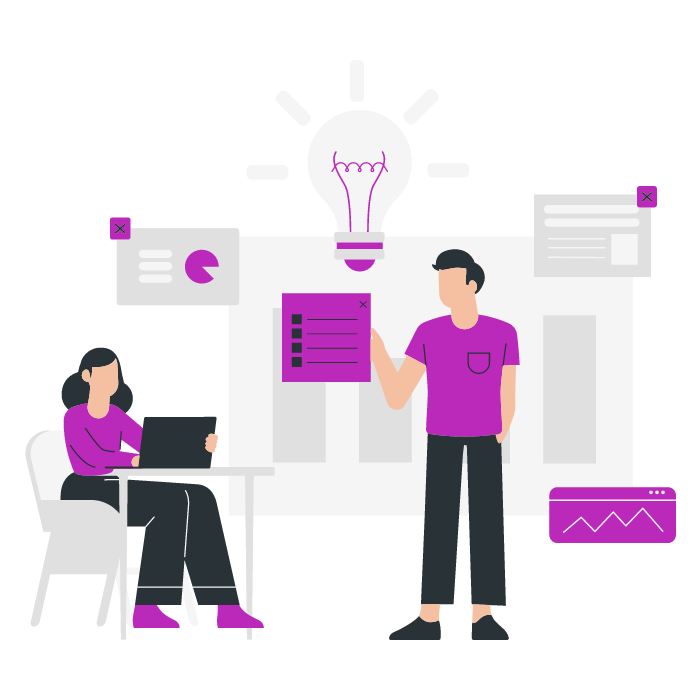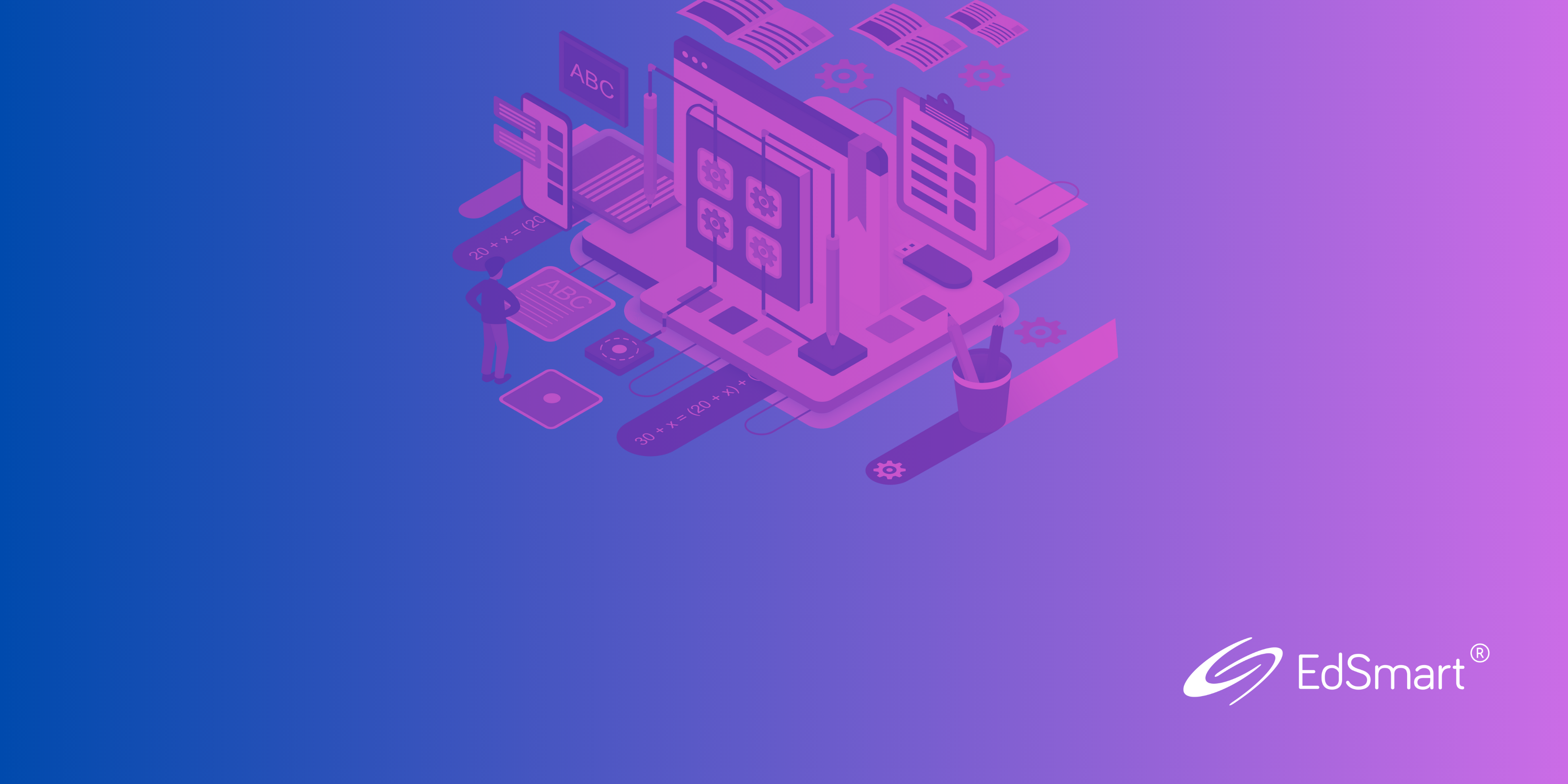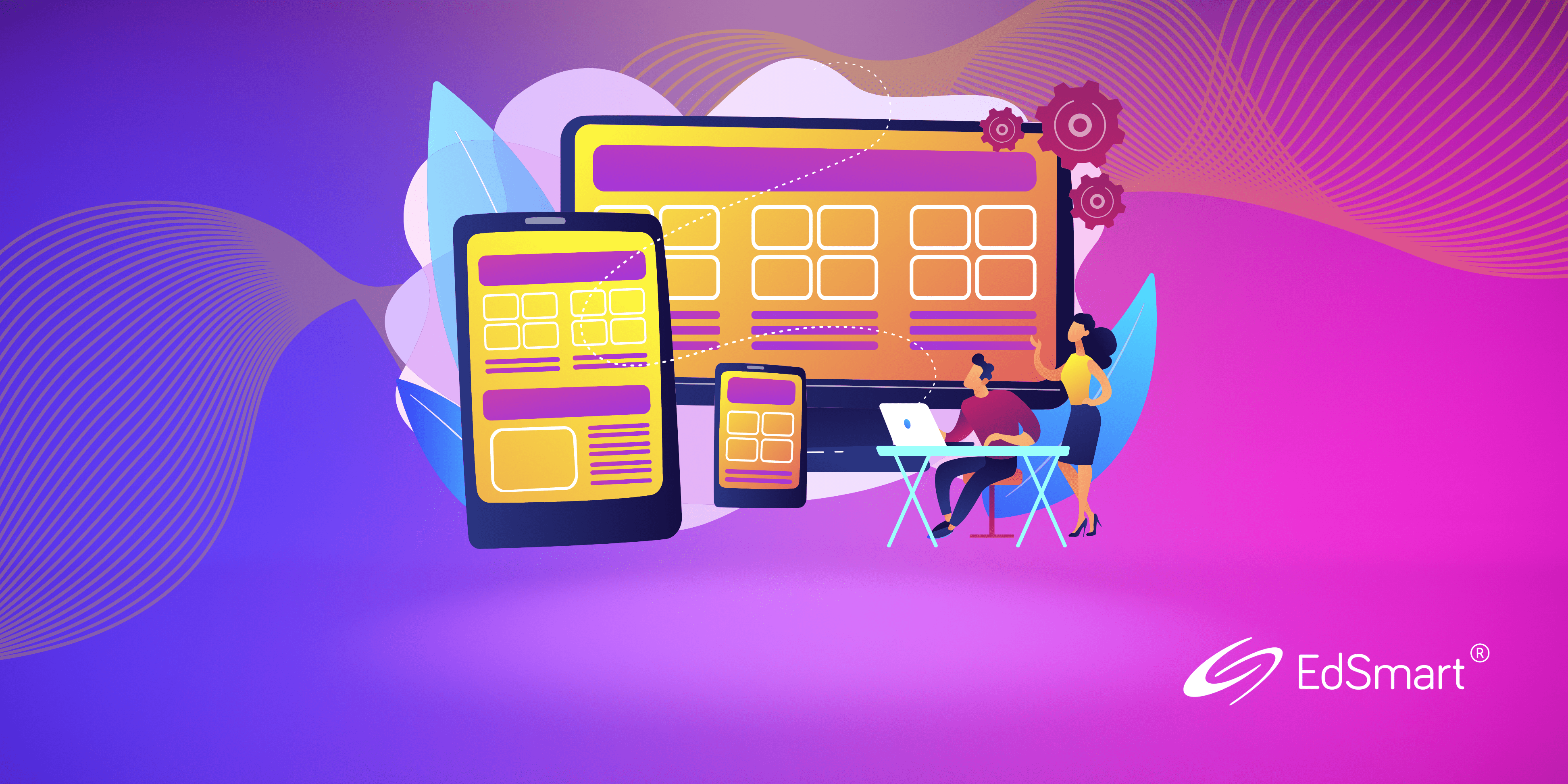Almost as important as choosing the right EdTech is preparing your school for digital transformation.
While every school is different, with priorities varying from institution to institution, there are some statutory steps that every school can be confident in taking to lay the groundwork for a seamless transition.
Successfully preparing your school for digital transformation involves planning, setting realistic timeframes, communication and consultation, and implementing technology in a way that improves the school experience.
1. Failing to plan is planning to fail

It’s an age-old maxim, but it’s true – whether you want to refer to it as a plan, a framework or a blueprint, the most important part of preparing for your school’s digital transformation is to have a crystal-clear vision of your outcomes.
What do you want life at your school to look like when it’s finished? And, how long will it take to complete?
Without understanding what you actually need from your school’s digital transformation and delivery timeline, you run a serious risk of spending a lot of time and money on systems and processes that don’t meet the real needs of teachers, students, parents and administration staff.
To develop your vision and formulate a plan with realistic timelines, you and the people tasked with overseeing digital transformation are best to ask some simple—but important—questions.
Among the first that should be being asked is: where is your school now, and where do you want it to be once you’ve transitioned? Even if you’re simply looking to use technology to streamline a range of clunky but necessary administrative processes, it’s vital to have an understanding of what constitutes a ‘finish line’ and when you’ll get there.
Thomas Blackwood is the Head of ICT at Fahan School in Hobart, Tasmania, and led the school’s digital transformation. From his and Fahan School’s experience of the process, he underscores the importance of planning and having timelines – or, as he calls them, “milestones”.
“I would strongly recommend having a clear vision of what you’re trying to achieve with your digital transformation and don’t set out to try to change everything all at once,” he explains.
“If your goal is to reduce paper usage, don’t set out to eliminate printing completely – maybe just focus on a few key areas. But, to be successful, you really need to identify key areas, have a clear objective of what you’re trying to achieve, and flow that through to milestones and targets.”
2. Set timeframes that can be met

Preparing your school for digital transformation can only be achieved if the timelines are realistic.
Teachers, school leaders and administrative staff often feel overwhelmed with workloads, and students are feeling pressure to perform academically. Adding into the mix new systems and processes – ones that completely change the way your school operates – at too fast a pace is a proven recipe for disaster. Doing so builds resistance to change and disengagement from those essential to ensuring the process is a success.
Dr Pete Goss and Ruth Giles of PWC explain the dangers of rapidly implementing digital transformation:
“Done poorly, or if the pace of change outstrips the ability of our teachers and principals to experience success along the journey, then collective efficacy will fall and resistance to change will rise. Done well, professional efficacy will grow, along with the willingness to continue the transformation journey and increasing the attractiveness of teaching as a vocation for the next generation.”
3. Keeping the lines of consultation and communication open

Consulting and communicating with your key stakeholders is one of the best ways of preparing your school’s framework for digital transformation.
IT vendors aren’t mind readers, and a procurement team’s perspective is often focused on how much money they need to spend. Having a clear understanding of what an EdTech platform can do to facilitate your school allows your procurement team to negotiate properly with an EdTech vendor. This takes negotiations beyond the size of the capital expenditure to come up with the tools that make lasting improvements to life within your school and the quality of the education provided to students.
Thomas Blackwood from Fahan School says that having an understanding of the bottlenecks and obstacles that staff and stakeholders contend with will ensure you make the right decisions about preparing your school for digital transformation.
“If you’re just starting out on your digital journey, I recommend you talk to your stakeholders, your business leaders, senior leadership, and try to identify pain points that they have, because having their backing is really going to be essential in what you’re trying to achieve,” he says.
“I often meet with various departments within my organisation to see what processes they really struggle with. What are the things that they dread doing when they come to work? Mondays aren’t very pleasant, but is there something they have to do, that they just really, really don’t like to do?”
“And oftentimes, there’s a broken process or a really convoluted workflow behind that,” Thomas concludes. “If we can simplify the process, utilise technology to make it more efficient, that’s what I really thrive [on] and enjoy doing. I would start with that and figure out what’s going to give you the easiest, most beneficial time savings and go from there. Use that as a launching point to build out a digital transformation.”
4. Choosing technology that improves the school experience

Any technology you bring into your school needs to decrease the workload of teachers and staff – not increase it. Accordingly, the last plank in preparing for digital transformation is ensuring the EdTech you’re considering enhances the overall school experience by enabling everyone to focus on their core roles.
With over 30 years of experience as a teacher and researcher, Professor Alison Clark-Wilson helped pioneer the integration of education with technology. Her philosophy on getting the best EdTech into a school is its ability to enable teachers to devote more time to developing lessons that go beyond teaching students how to pass tests — “After all,” she says, “the main goal of a school is to educate kids, and give them a really productive and inspiring experience to take them off into their lives.”
But transformation in most countries has only led to what she calls a “complete mismatch between the sort of visionary tools we really want to use, and the sorts of education technologies that help kids pass exams and tests.” Instead of capturing students’ imaginations and engaging with them at a deeper level, reasons Alison, schools end up with Edtech that fails to reduce workloads and ultimately ends up simply assisting teachers to teach students on how to pass assessment tasks.
“For so many of our education systems, the end goal—from the kids’ perspective—is exams, tests, getting into the next college or university and so on, we’ve got this really screwed up system where we spend most of our time drilling and skilling on stuff for the exams, and we completely miss the opportunity to embrace this digital transformation and do things completely differently.”
As well as enhancing the teaching and learning experience of your school, good digital transformation should make the administrative processes – finance, marketing, compliance, parent communications, and recording and managing student data – smoother, less complex and less time-consuming.
Wrapping things up

Preparing your school for digital transformation can be challenging but ensuring you have an understanding of what you need for success means any challenges are outweighed by game-changing outcomes.
Planning, communication and consultation – and setting realistic timeframes – play an integral part in helping you find the right digital technology for your school, and then implementing it with minimal staff and student resistance. Ultimately, you’ll create a school that’s professionally fulfilling, and that prepares students for the big wide world that awaits them beyond the gates of your institution.
See how EdSmart can digitally – almost magically – transform your school’s administrative processes.



